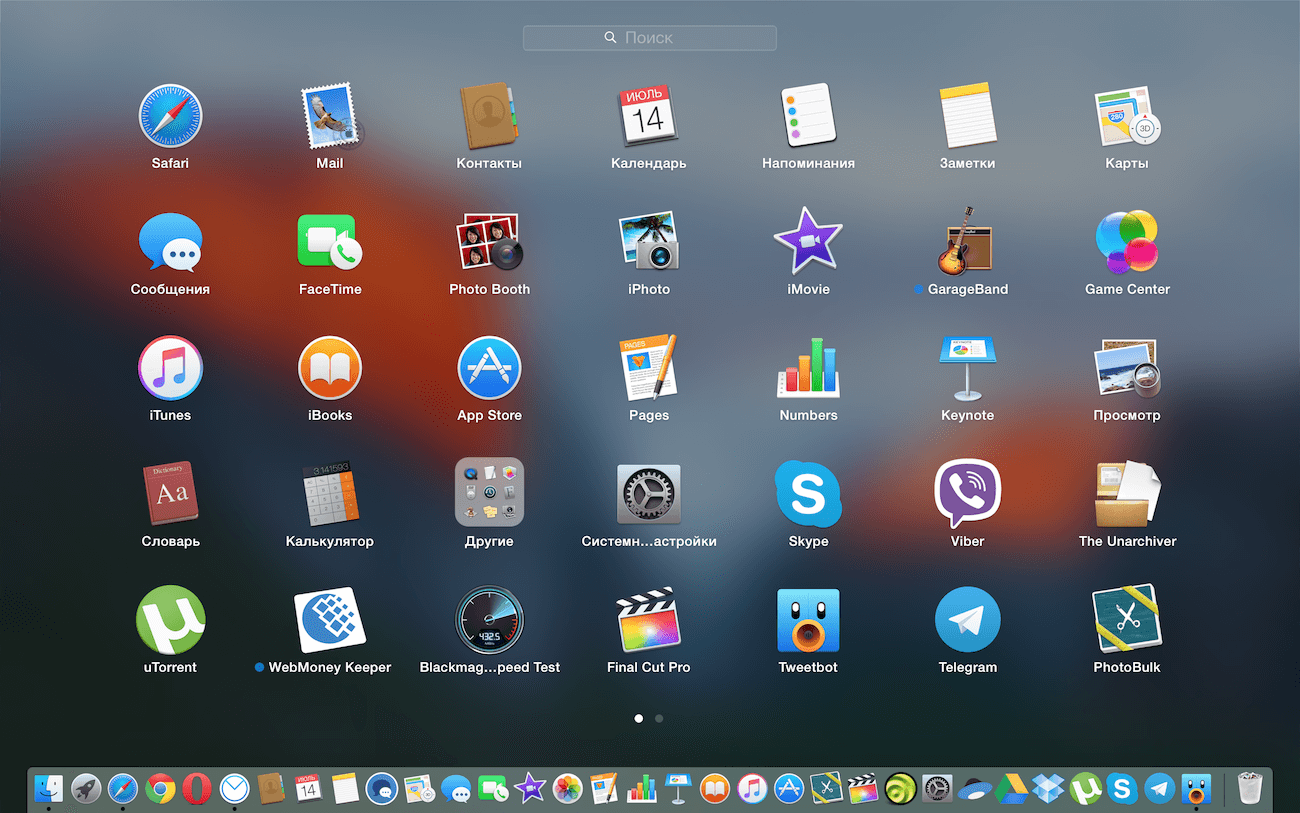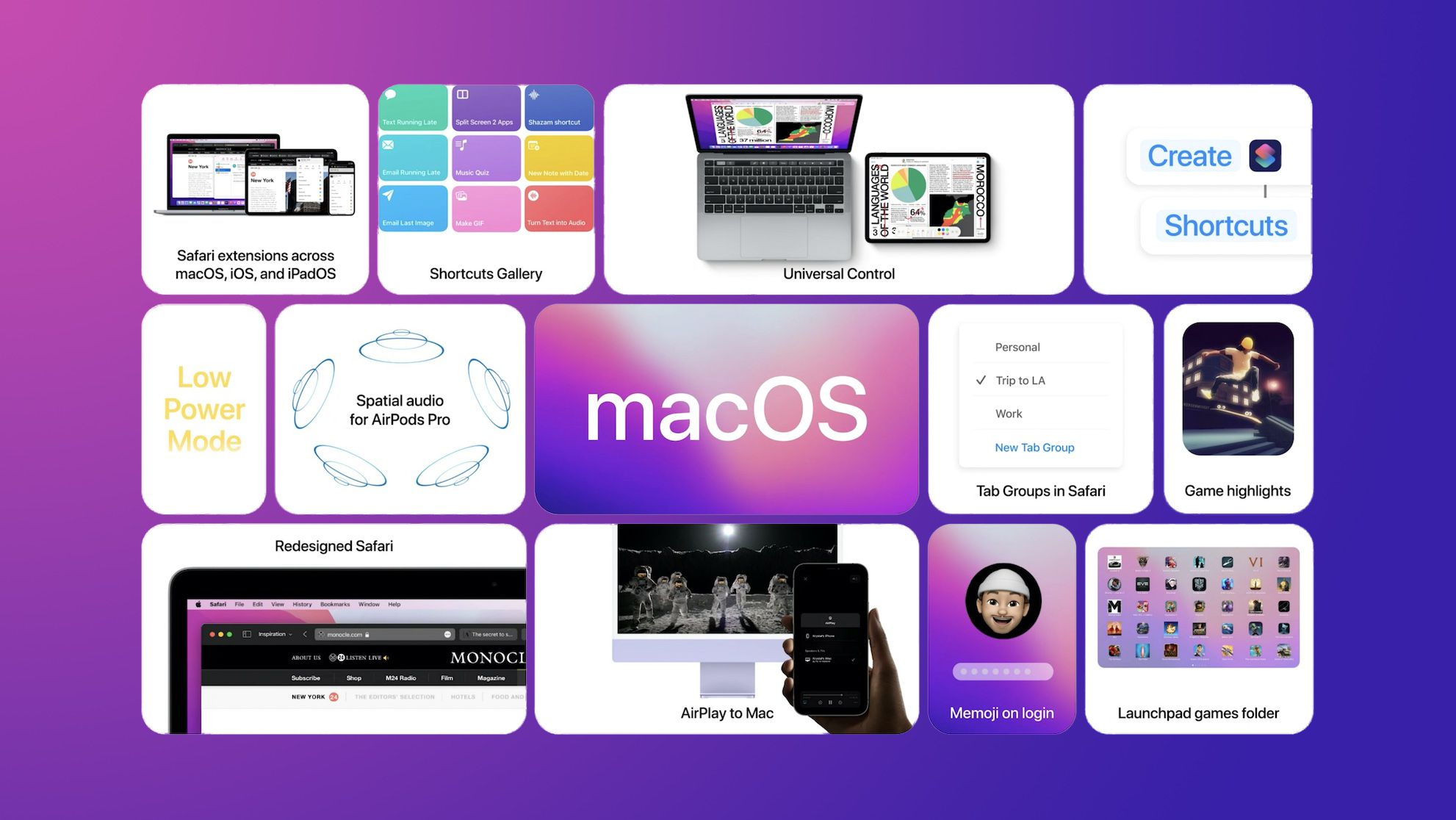

- #WHERE TO GET LATEST VERSION OF MAC OS HOW TO#
- #WHERE TO GET LATEST VERSION OF MAC OS UPDATE#
- #WHERE TO GET LATEST VERSION OF MAC OS UPGRADE#
It would appear that in the new Mojave App Store, older purchased OS Installers no longer appear at all, so the 'simple method' of grabbing it from your purchase history is no longer valid. Some users seem to have managed to miss out El Capitan, but High Sierra still seems necessary. This will prepare your machine for the long jump.
#WHERE TO GET LATEST VERSION OF MAC OS UPGRADE#
If you are trying to jump a long way - say from 10.8 to 10.14 or later, received wisdom is to first upgrade to El Capitan 10.11, then High Sierra 10.13. One thing that still applies throughout is - you need a Mac to get macOS easily & legitimately.
#WHERE TO GET LATEST VERSION OF MAC OS HOW TO#
Now the Apple has startup keys to help recovery select multiple versions and official knowledge articles, it might be simpler to first check Apple's own page on How to get old versions of macOS (which didn't exist when this Q&A started out), & come back here if you still have issues.

Some features, applications, and services may not be available in all regions, in all languages, or on all Mac computers.Every year / release this answer on installing previous versions of macOS will need updating.
Available on MacBook Air (late 2018 and later) and MacBook Pro (Early 2016 and later). When using iCloud Private Relay (Beta), some websites may have issues, like showing content for the wrong region or requiring extra steps to sign in. Available with iOS 15, iPadOS 15, and macOS Monterey. iCloud+ plans: 50GB with one HomeKit Secure Video camera ($0.99/mo.), 200GB with up to five HomeKit Secure Video cameras ($2.99/mo.), and 2TB with an unlimited number of HomeKit Secure Video cameras ($9.99/mo.). #WHERE TO GET LATEST VERSION OF MAC OS UPDATE#
Coming in a software update to macOS Monterey. Live Text is currently supported in English, Chinese, French, Italian, German, Portuguese, and Spanish. Older iPhone, iPad, and Mac models may share content at a lower resolution to supported Mac models when “Allow AirPlay for” is set to “Everyone” or “Anyone on the same network” in Sharing preferences. Available on MacBook Pro (2018 and later), MacBook Air (2018 and later), iMac (2019 and later), iMac Pro (2017), Mac mini (2020 and later), Mac Pro (2019), iPhone 7 and later, iPad Pro (2nd generation and later), iPad Air (3rd generation and later), iPad (6th generation and later), and iPad mini (5th generation and later). 
To use over USB, you must trust your Mac on the iPad.

iPad and Mac must not be sharing a cellular and internet connection. To use wirelessly, both devices must have Bluetooth, Wi-Fi, and Handoff turned on and must be within 10 meters (30 feet) of each other. Both devices must be signed in to iCloud with the same Apple ID using two-factor authentication.
Available on MacBook Pro (2016 and later), MacBook (2016 and later), MacBook Air (2018 and later), iMac (2017 and later), iMac (5K Retina 27-inch, Late 2015), iMac Pro, Mac mini (2018 and later), and Mac Pro (2019) and iPad Pro, iPad Air (3rd generation and later), iPad (6th generation and later), and iPad mini (5th generation and later). Available on Mac computers with the M1 chip. Available on Mac models (2018 and later). Available on Mac models (2020 or later) with the M1 chip using internal speakers, wired headphones, or AirPods, Intel-based Mac notebooks (2018 or later) using internal speakers or wired headphones, and Intel-based iMac (2018 or later) using wired headphones. Some shared content may require a subscription to view. Sending video requires H.264 video encoding support. Users with non-Apple devices can join using the latest version of Chrome or Edge.








 0 kommentar(er)
0 kommentar(er)
